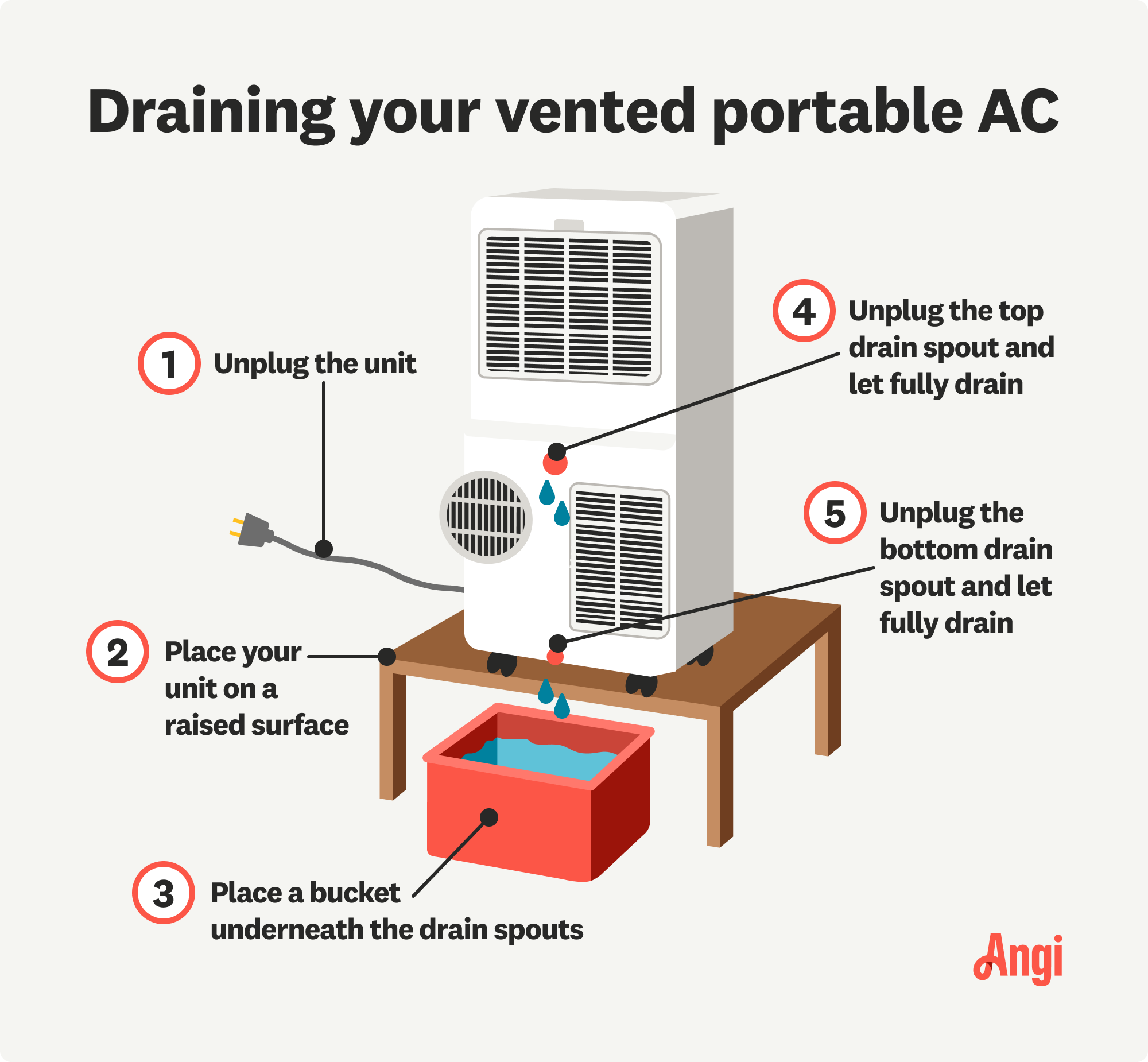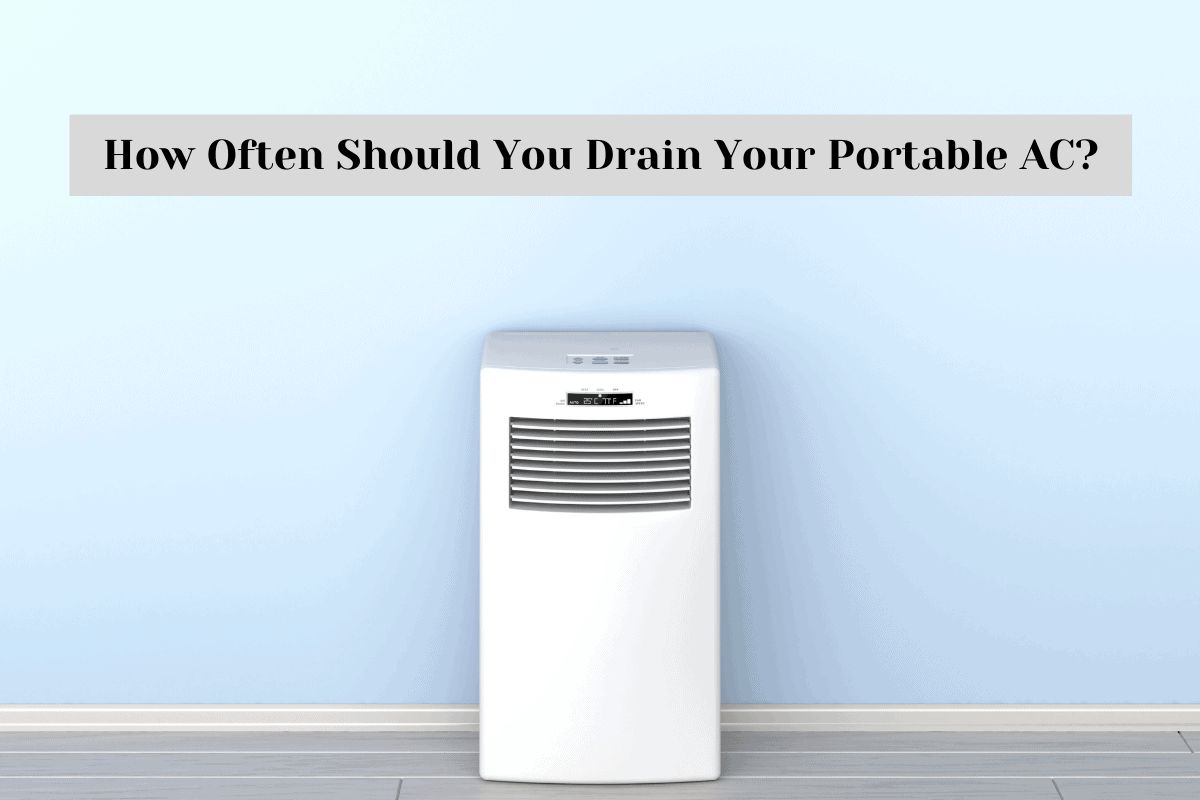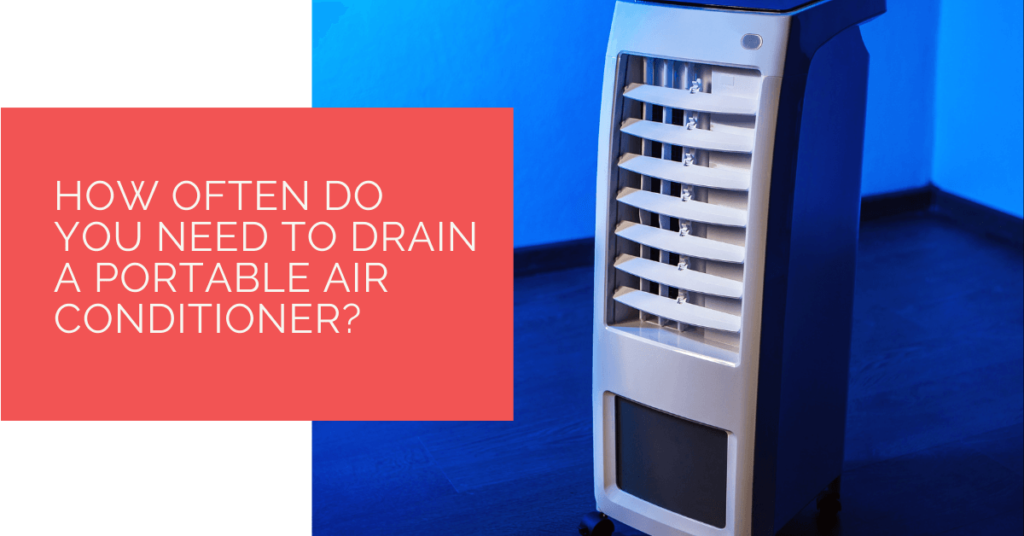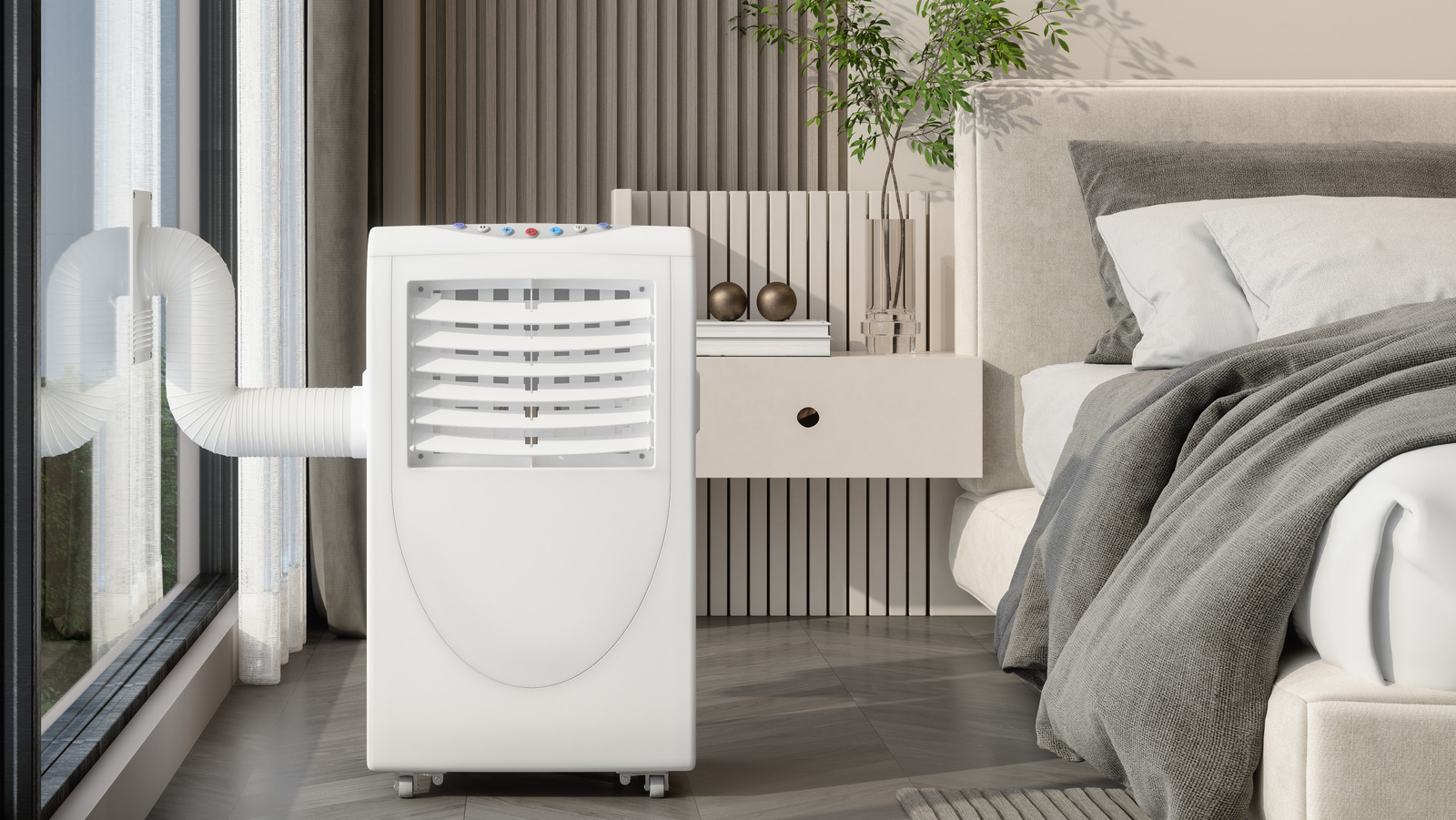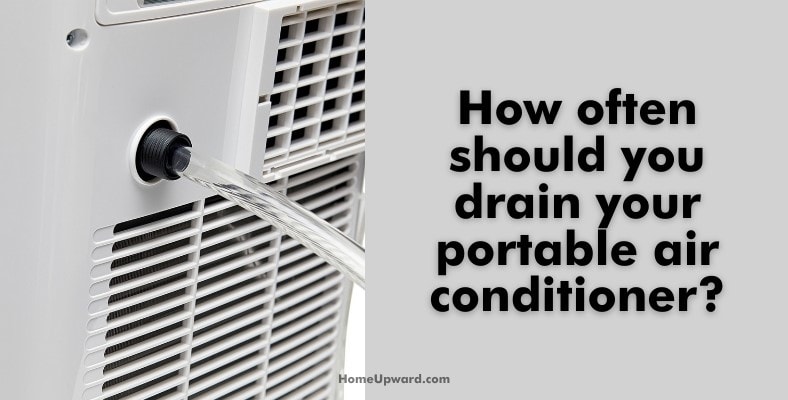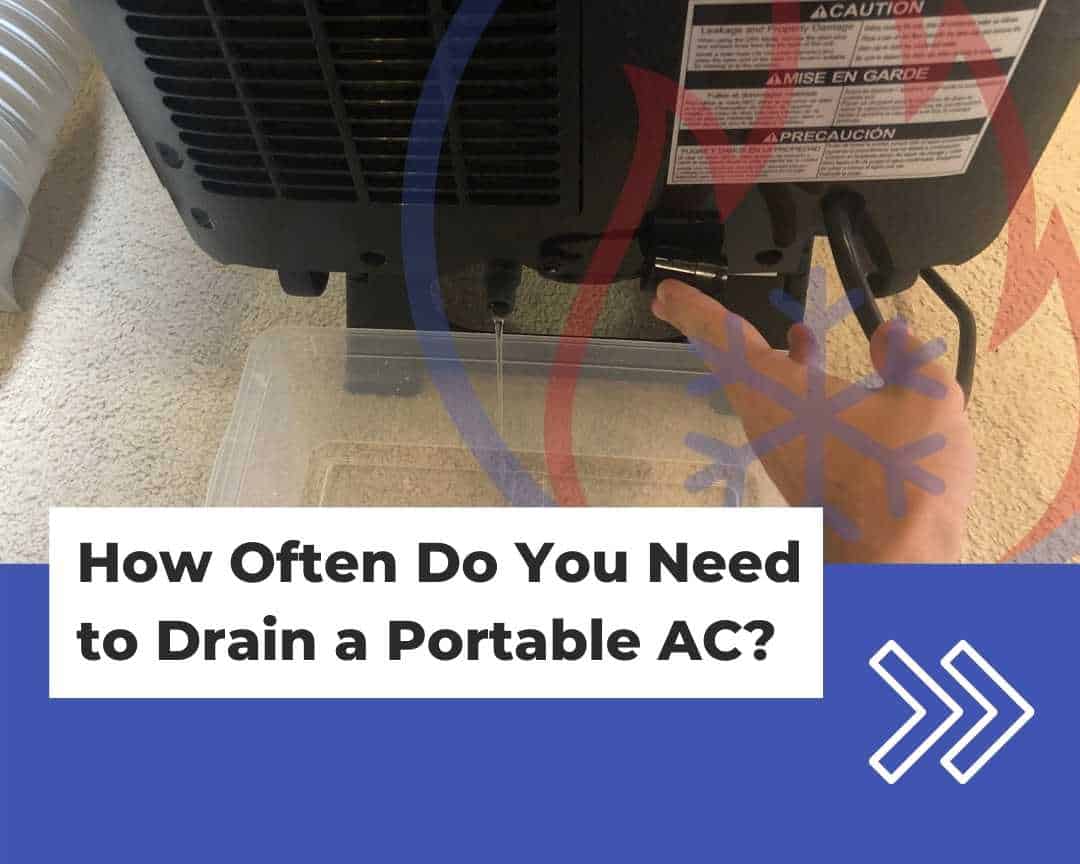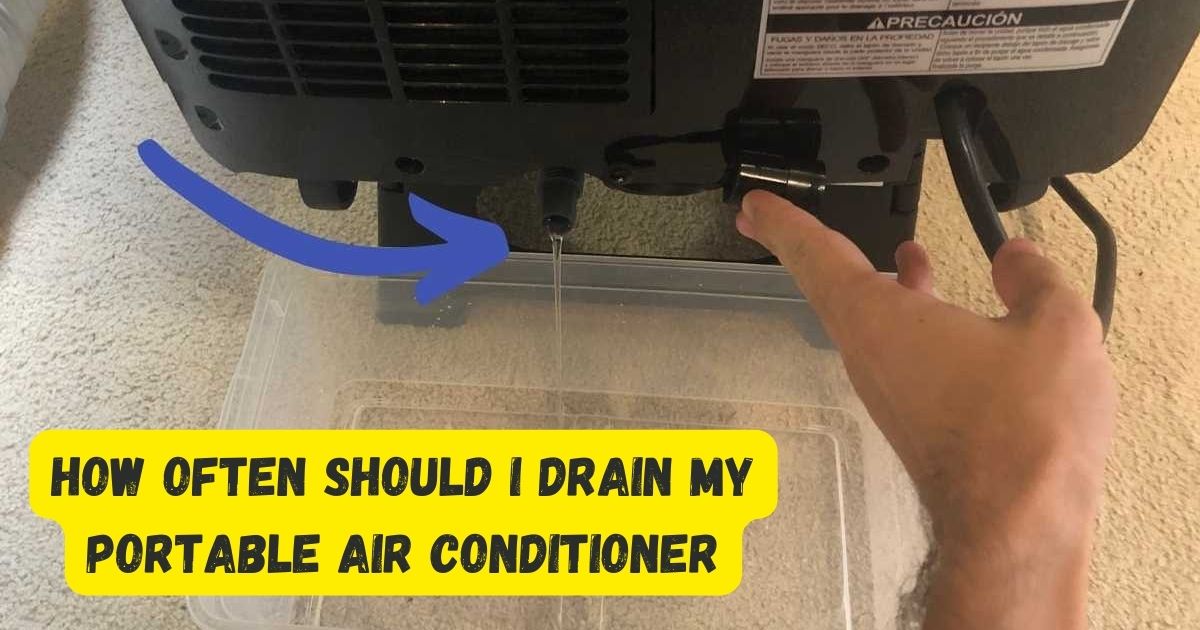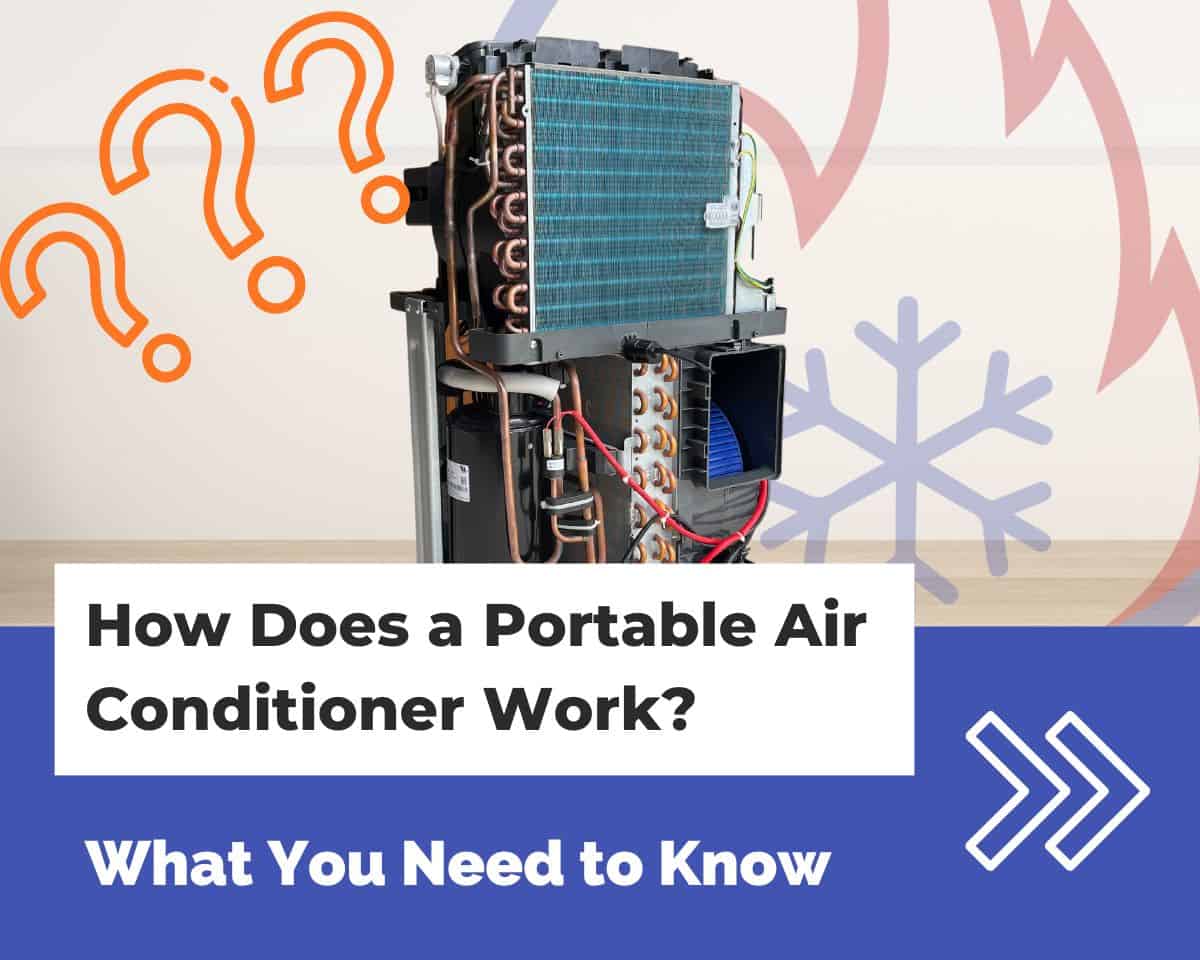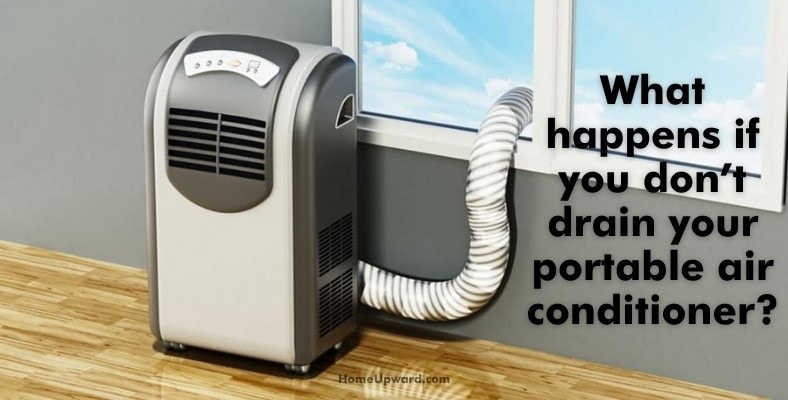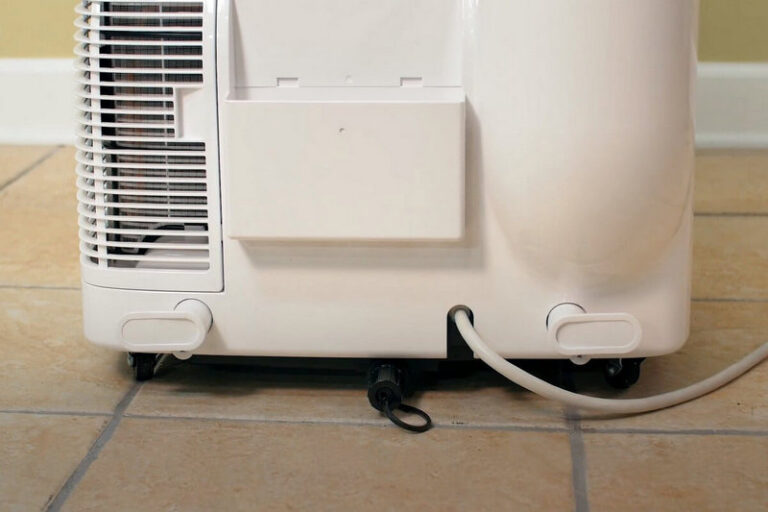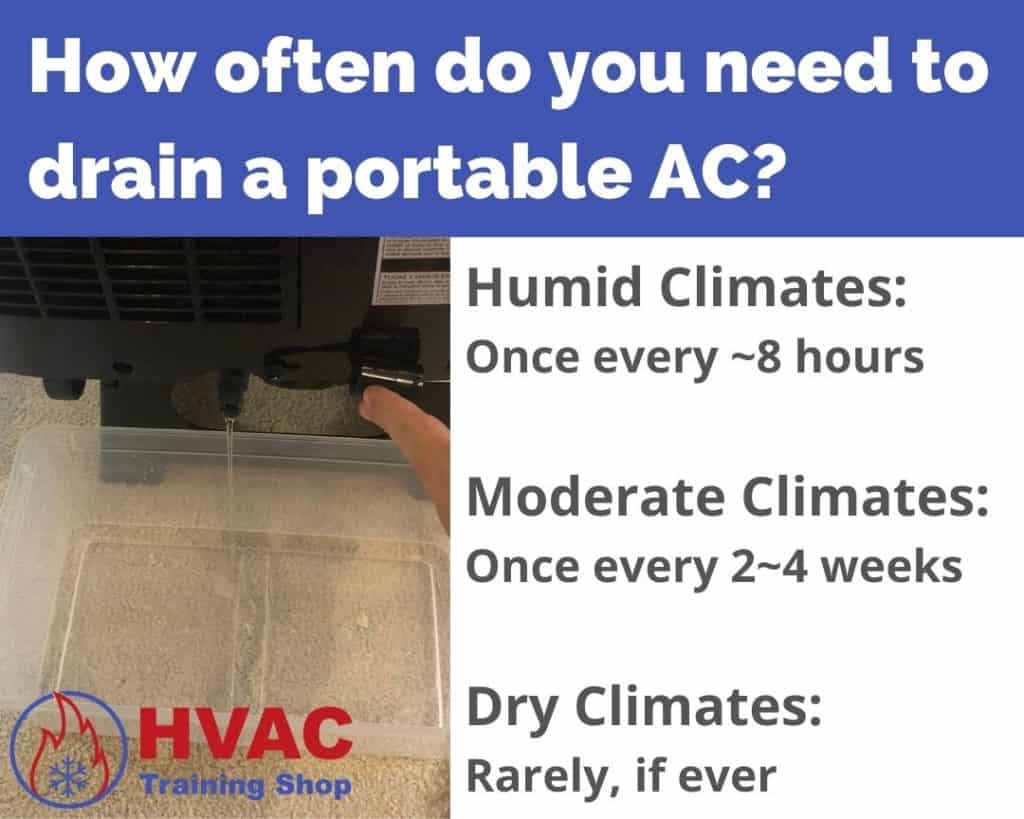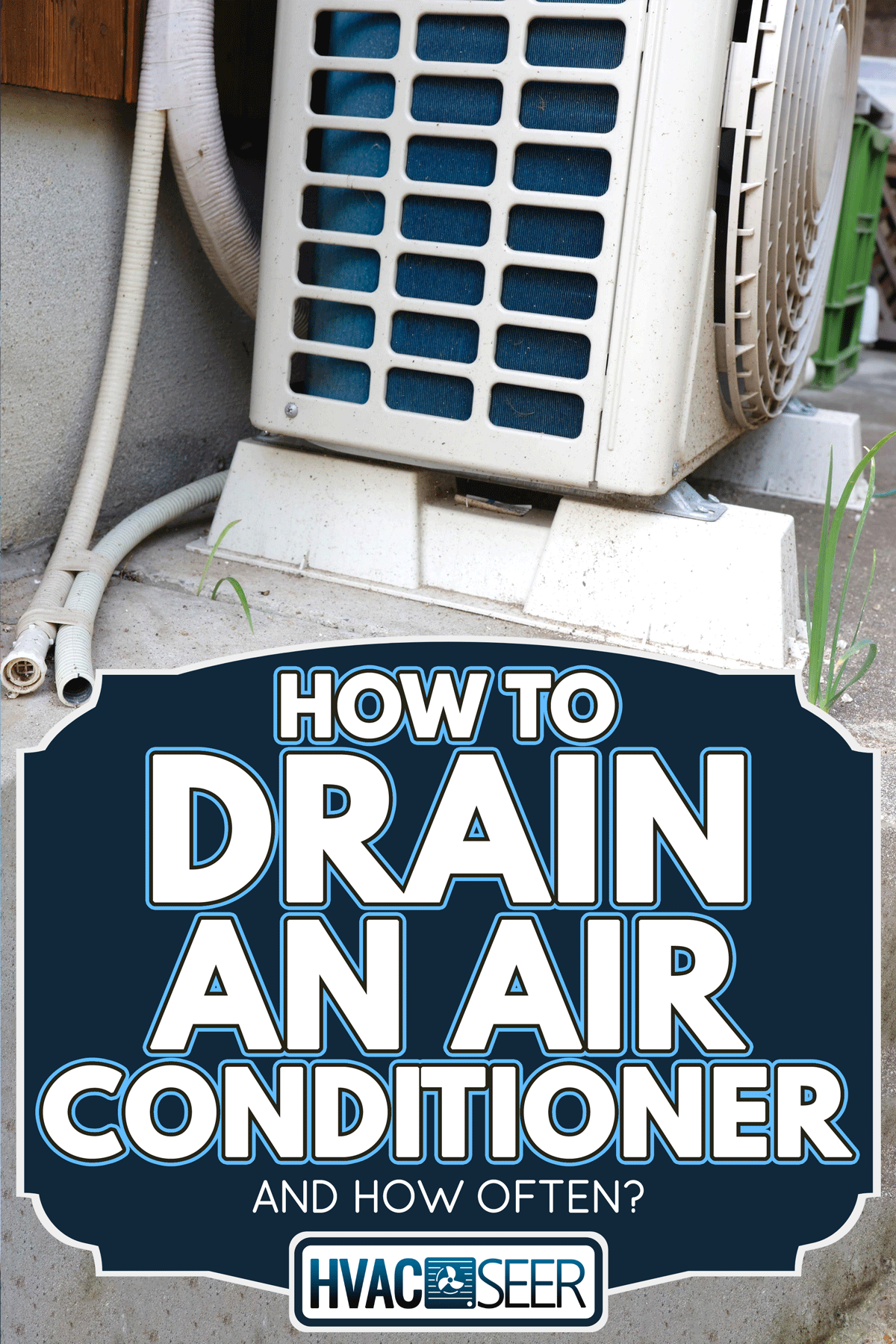How Often To Drain Portable Ac
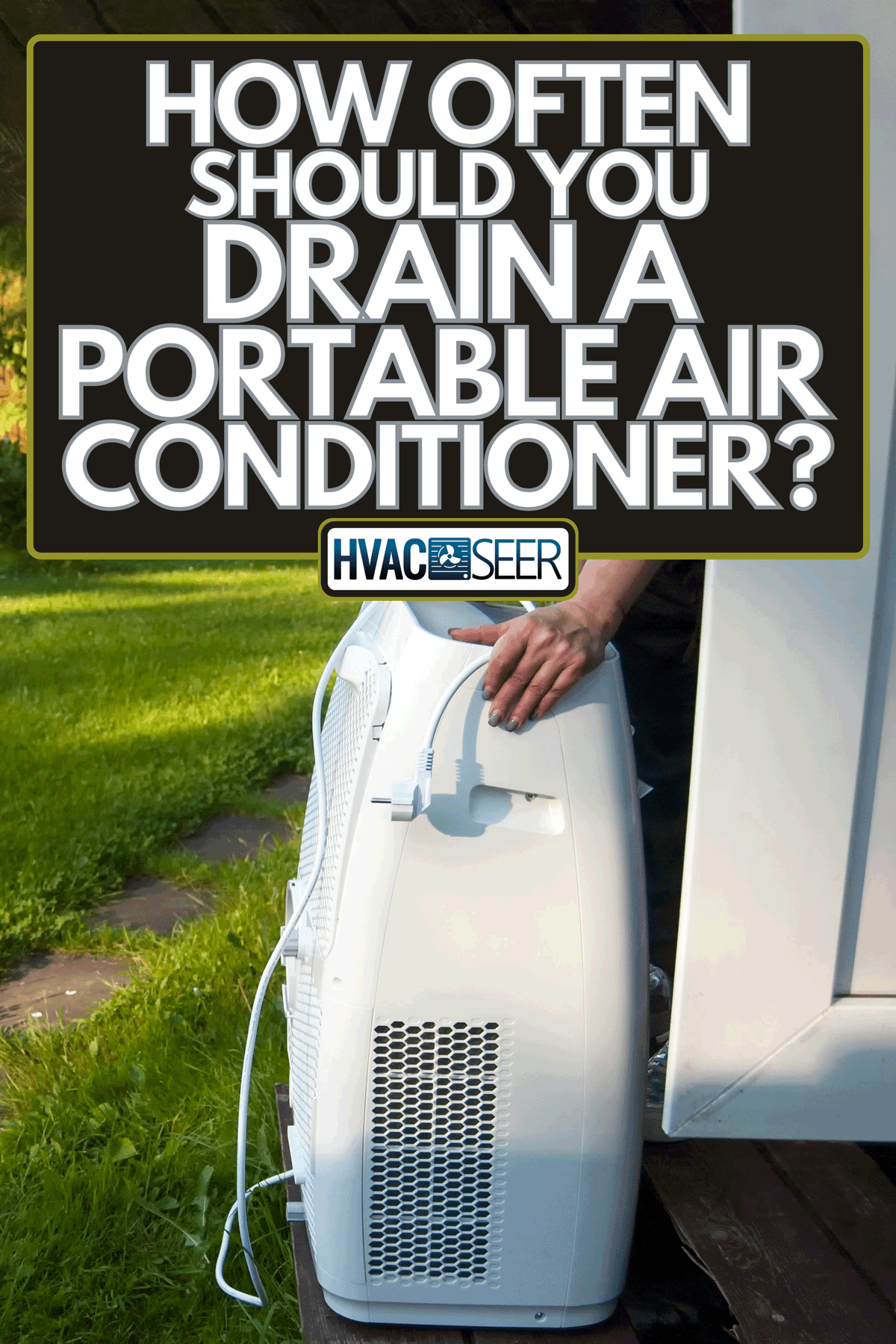
The question of how often to drain a portable air conditioner is surprisingly complex, often leading to confusion and potentially damaging consequences for both the unit and the environment within which it operates. Overlooking this seemingly minor maintenance task can lead to a cascade of problems, from reduced cooling efficiency and mold growth to complete system failure. Getting it right is crucial for optimal performance and longevity.
This article delves into the intricacies of portable AC drainage, offering a comprehensive guide on determining the appropriate draining frequency. It considers varying factors such as humidity levels, usage patterns, and AC unit type, providing practical insights to help users maintain their appliances effectively. By understanding these nuances, users can prevent costly repairs and ensure a healthier living environment.
Understanding Portable AC Drainage
Portable air conditioners cool rooms by extracting heat and moisture from the air. This moisture condenses inside the unit and needs to be removed. How frequently you need to drain it depends on the type of unit you have.
Types of Portable AC Units
There are mainly two types: self-evaporative and non-evaporative (or single-hose) units. Self-evaporative units are designed to evaporate most of the collected moisture, ideally minimizing the need for manual draining. Non-evaporative units, however, typically require more frequent draining because they don't evaporate the water as efficiently.
Factors Affecting Drainage Frequency
Humidity is a major determinant. High humidity levels will result in faster water collection in the reservoir. Therefore, users in humid climates should expect to drain their portable ACs more often.
Usage also matters. The more you use your AC, the more moisture it will collect. A unit running constantly throughout the day will need more frequent draining than one used only occasionally.
The AC's capacity is another key aspect. Larger units, designed to cool larger areas, may generate more condensate.
Determining Your Drainage Schedule
There isn't a one-size-fits-all answer; a personalized approach is essential. Begin by checking your AC's user manual for specific manufacturer guidelines.
Next, monitor your unit's performance. Is it cooling effectively? Are there unusual noises? Are there any water leakage around the unit? These signs can indicate that the tank is full and needs to be emptied.
Pay attention to environmental cues. If you live in an area experiencing a heat wave with high humidity, increase your draining frequency. Conversely, during drier periods, you may be able to extend the intervals between drainages.
Practical Drainage Methods
Most portable ACs have a drain plug located at the bottom or back of the unit. Place a shallow pan or container underneath the plug to catch the water.
Some models have a continuous drain option, allowing you to attach a hose and continuously drain the water into a sink or drain. This is particularly useful in humid environments where the tank fills up quickly.
Always ensure the unit is turned off and unplugged before draining. This will prevent any electrical hazards.
Consequences of Neglecting Drainage
Ignoring the drainage needs of your portable AC can lead to several adverse effects. A full water tank can trigger an automatic shut-off, preventing the unit from cooling until it's emptied.
Prolonged neglect can lead to water damage inside the unit, potentially causing corrosion and electrical problems. Furthermore, stagnant water can become a breeding ground for mold and bacteria, which can then be circulated into the air, impacting indoor air quality and potentially causing respiratory issues.
Mold growth is a serious concern. Not only can it damage the AC unit itself, but it can also pose health risks to occupants, particularly those with allergies or asthma.
Expert Opinions and Best Practices
HVAC professionals often emphasize the importance of regular maintenance for portable AC units. According to Energy Star, proper maintenance, including regular draining, can significantly extend the lifespan of your appliance.
"The frequency of draining is not a static number; it's a dynamic assessment based on environmental conditions and usage," explains John Smith, a certified HVAC technician at ABC Heating and Cooling.
"Investing a few minutes each day or week to check and drain your portable AC can save you from costly repairs and health problems down the line," Smith added.
Looking Ahead: Technological Advancements
Manufacturers are continuously improving portable AC technology to minimize the need for manual draining. Some newer models feature enhanced evaporation systems and sensors that automatically detect water levels and alert users when draining is required.
Smart portable ACs are also emerging, offering remote monitoring and control via smartphone apps. These apps can provide real-time data on water levels and send notifications when it's time to drain the unit.
These advancements promise to make portable AC maintenance more convenient and user-friendly, further enhancing their appeal as a flexible and efficient cooling solution.
Conclusion
Determining how often to drain your portable AC requires a holistic understanding of its type, your environment, and your usage patterns. Regular monitoring and adherence to manufacturer guidelines are key to maintaining optimal performance and preventing potential problems.
By adopting a proactive approach to drainage, you can ensure that your portable AC continues to provide efficient cooling, clean air, and long-lasting service. Ultimately, the effort invested in proper maintenance pays off in terms of cost savings, health benefits, and peace of mind.
